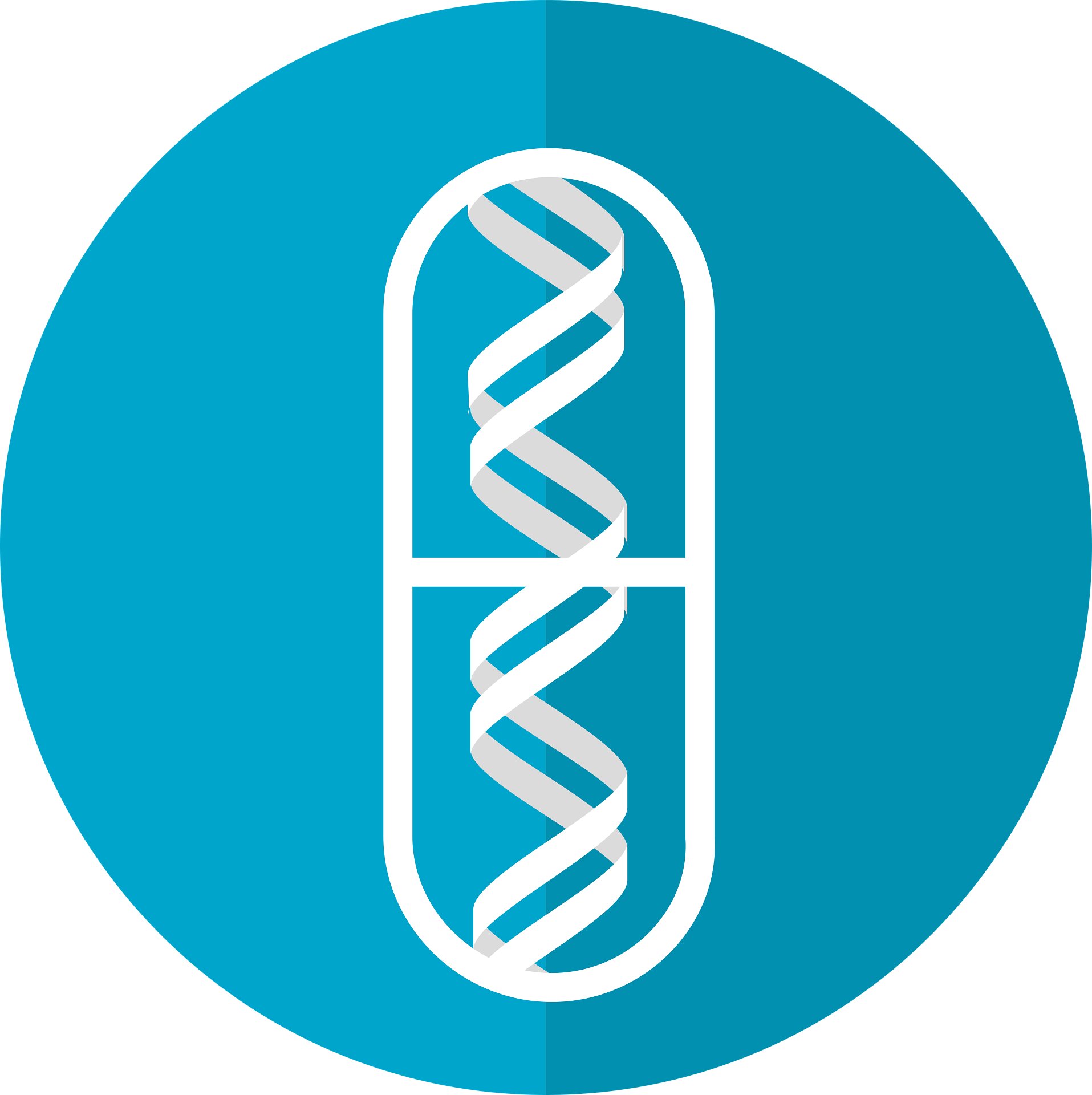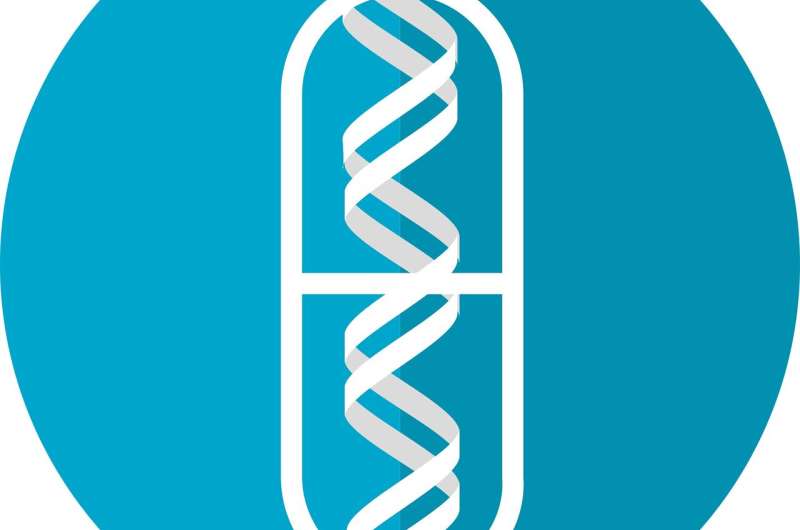

Using a process confirmation vector, researchers developed and optimized a size exclusion chromatography (SEC) with UV and multi-angle light scattering (MALS) method to measure the level of empty capsids during manufacturing. In a new study, the researchers showed that SEC-MALS outperformed other analytical methods and correlated well with sedimentation velocity analytical ultracentrifugation (SV-AUC) values of full-to-empty particles. The study is published in the peer-reviewed journal Human Gene Therapy.
Analytical capabilities must be able to quantify the levels of empty and full capsids in manufactured adeno-associated viruses (AAV) during preclinical stage gene therapy development.
Bryan Troxell, from StrideBio, and co-authors, showed that SEC-MALS was linear, accurate, and precise while achieving chromatography quality control recommendations. Furthermore, compared to other stability-indicating assays, SEC-MALS performed similarly to droplet digital PCR, capsid enzyme-linked immunosorbent assay, and infectivity assays in accelerated stress studies.
“The data supports that SEC-MALS is a robust analytical technique for advancement of gene therapy programs,” state the investigators.
“It has become increasingly clear that empty vector capsids represent undesirable contaminants in preclinical and clinical-grade AAV gene therapy products,” says Editor-in-Chief Terence R. Flotte, MD, Celia and Isaac Haidak Professor of Medical Education and Dean, Provost, and Executive Deputy Chancellor, University of Massachusetts Chan Medical School. “The ability to precisely measure the level of these contaminants is an important step for improving the quality and consistency of these products.”
More information:
Bryan Troxell et al, Application of Size Exclusion Chromatography with Multiangle Light Scattering in the Analytical Development of a Preclinical Stage Gene Therapy Program, Human Gene Therapy (2023). DOI: 10.1089/hum.2022.218
Journal information:
Human Gene Therapy
Source: Read Full Article